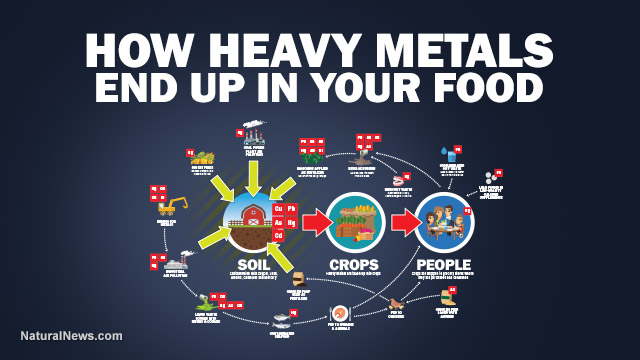Many products are designed to interact with food in some way or another. Items like containers, packaging, cans and bottles, kitchen utensils, machinery, and appliances can all make direct or indirect contact with edible goods, which are then consumed.
It’s important to know what your food is made from, but it’s equally important to know what goes into these food-contact items like packaging and utensils. Some materials are toxic or degradable and are therefore unsuitable for close contact with food as they could end up causing serious harm to a consumer.
Because of this, companies that make food products have a lot to consider. Not only do they need to use materials that are strong, durable, affordable, and manufacturable, they need to use materials that are food-safe — and legally recognized as such.
This article discusses the material options (and restrictions) when making prototypes of food products like containers and kitchenware. It discusses US and EU regulations on food-contact materials and considers the differences between different manufacturing processes — CNC machining, 3D printing, etc. — when making prototypes of food products.
While aluminum, zinc, and even copper can be used for food safe metal components, each has to be coated after casting, which could potentially leach into foods. That is why the most popular metal used within the food industry is stainless steel.

What are the official regulations on food-safe materials?
Regulations on food products vary by country, so it is important to brush up on the rules and guidelines in your target market regions.
In the United States, these regulations are handled by the Food and Drug Administration (FDA), which discusses food products in a document called INDIRECT FOOD ADDITIVES: GENERAL. The FDA stresses the importance of “good manufacturing practices” and states that a “substance used as a component of articles that contact food shall be of a purity suitable for its intended use.”
In the European Union, regulations are provided by the European Food Safety Authority (EFSA). The EU stipulates that Food Contact Materials (FCMs) “should be sufficiently inert so that their constituents neither adversely affect consumer health nor influence the quality of the food.”
These documents — or the equivalents of other countries — should be consulted when preparing to manufacture a product for food use.
Which materials are safe for food products?
The suitability of certain food-safe or food-grade materials depends on the end-use of the parts being made. However, some materials are recognized as the standard in the industry.
Food-safe metals include:
- Stainless steel 316: Utensils, containers, machine parts
- Stainless steel 304: Utensils
- Stainless steel 430: Containers, especially for corrosive foods
- Titanium: Utensils, machine parts
- Cast iron: Pots, pans
- Aluminum: Cans, baking trays
Food-safe plastics include:
- HDPE: Bottles, food wrappers, food storage buckets
- LDPE: Cling wrap/film, waterproof inner container layer, six-pack connector rings
- PET: Bottles, jars, containers
- PP: Yoghurt pots, disposable microwaveable containers
What Finishes are Food Safe?
FAQ
What is the safest metal to eat?
How can you tell if metal is food safe?
What metals are FDA approved?
Which metal is good for eating food?
Which metals are food safe?
The second most commonly used metal on our food-safe metals list is aluminum. Aluminum is less expensive than stainless steel, but it’s also softer and able to withstand less abuse.
What food and drinks are safe to consume?
Foods safe to consume are fruits, vegetable, eggs, meats, nuts and seeds, seafood, grains, beans. Drinks safe to consume are water, coffee and tea (without added sweeteners), fresh fruit juice, coconut water, veggie milks like almond, rice.
What metal is used in the food industry?
That is why the most popular metal used within the food industry is stainless steel. Not having to coat or plate stainless steel helps cut down on secondary operations and cost. It is also very important that residual metal and flash do not break off and mix with food or water.
Is aluminum a good food grade metal?
Iron without a protective material is simply too vulnerable to corrosion and oxidation. Aluminum is another commonly-used food-grade metal. Some key advantages of aluminum are its temperature tolerance, light weight, corrosion resistance, and low cost. However, these advantages are offset by some weaknesses.
